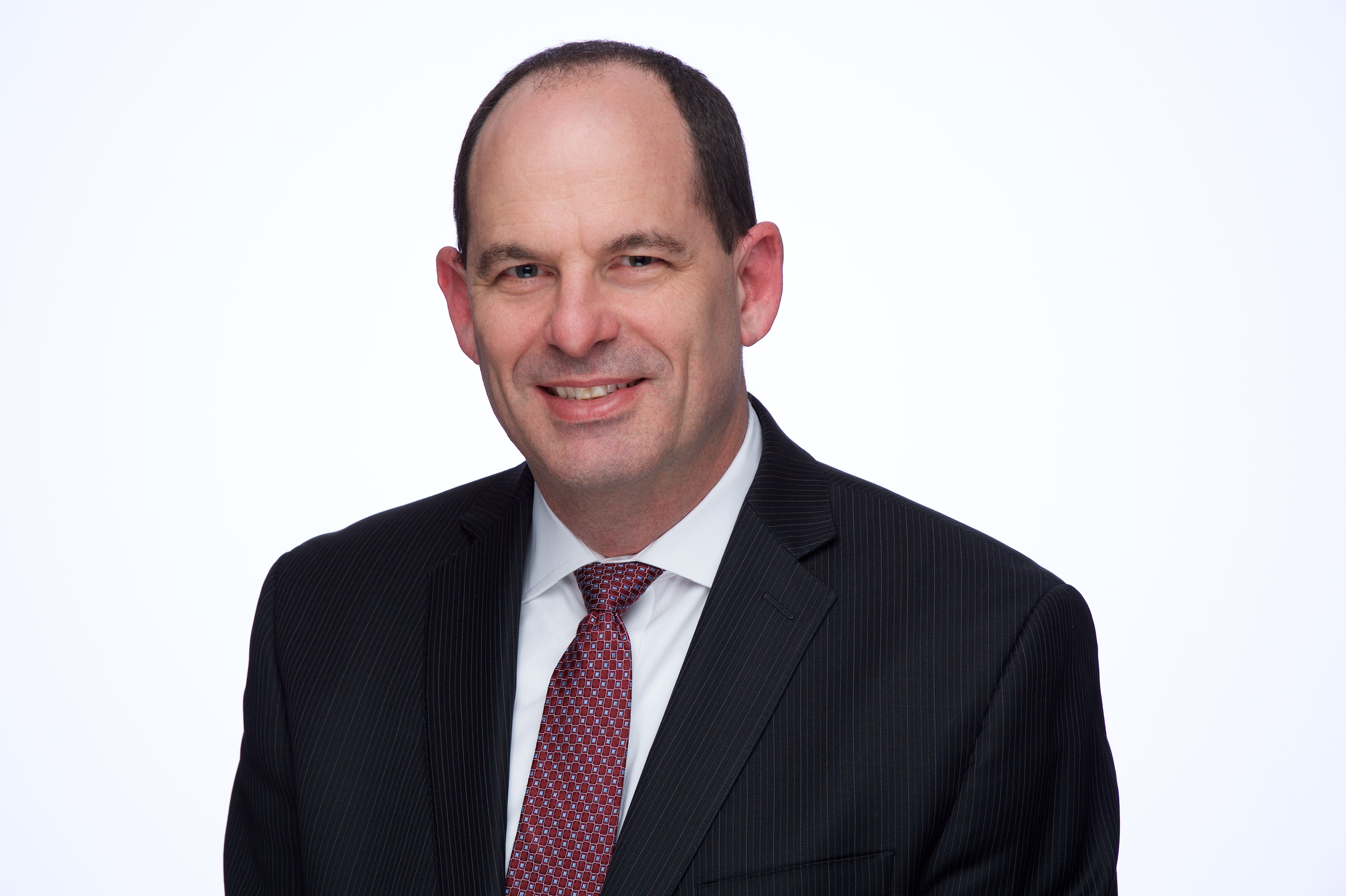Article
HIMSS23: Are pharmacists the solution to primary care’s problems?
Author(s):
Boosting the relationship between primary care physicians and pharmacists could help alleviate burnout while providing basic services to those who lack access.
The struggle to find a primary care physician in the United States is becoming a major barrier to care. Surescripts, a health care information network, released data at the HIMSS23 Conference that shows how dire things are in some places in the country when it comes to primary care.
Andrew Mellin, MD; ©Surescripts

According to Surescripts, nearly half of all counties in the United States have relative shortages of primary care providers, with just one PCP for every 1,500 people. Previous studies predict that by 2034, the U.S. may face a shortage of up to 124,000 physicians.
One solution to getting patients basic care is to better utilize pharmacists, as the data also shows that 61% of counties have a high volume of retail pharmacy locations that could help expand access, with 90% of Americans living within five miles of a pharmacy.
And while pharmacists are not able to provide the same range of care as doctors, the Surescripts analysis suggests that immunizations, medication counseling, and health screenings could be handled by pharmacists, giving PCPs more time to see patients needing more in-depth care. In fact, a survey showed that 72% of physicians and nurse practitioners are anticipating that pharmacists will be a regular part of the care team by 2030.
Medical Economics sat down with Andrew Mellin, MD, vice president, chief medical information officer at Surescripts to discuss these findings.
Medical Economics: The Surescripts data that came out illustrate the challenges of primary care access. What does this mean for medicine?
Andrew Mellin: As a physician, first and foremost, it's really hard to be a physician. Now, there's a ton of demands on the doctors and they are all feeling burned out. We keep thinking about how do we make it better for them? How do we help patients get the care? And I think the big takeaway from the report is, there is going to be a shortage of physicians. How do we help support those caregivers and complement them in these communities, especially where there are shortages of physician? So our goal and what we're trying to support is, how do we support those primary care physicians. They're the heart and souls of their communities, and they are stretched. As we saw during the time of COVID there were incredible efforts by pharmacists that helped us get through the vaccinations. What we think about is, how do we build up most pharmacists to collaborate with caregivers? How do we give them the interoperability tools, the communication, the clinical information, so they can partner with those caregivers, partner with physicians, and help those patients?
ME: How can a primary care physician work more closely with a pharmacist?
AM: There are some great ways to just talk to your community pharmacist, and there are a lot of these community pharmacists who have been in their community for years and years and years, and doctors probably already have relationships. What we're seeing are these care models where pharmacists are maybe checking blood pressure for their patients, and maybe it's helping with medication reconciliation, or medication therapy, maybe it's educating the patient on conditions. And then what we're also seeing is starting to work with payers where they are becoming part of that physician team. A lot of it is just working within your community and talking to them. And then what we're trying to help with is getting some of the technology tools that pharmacists have to help communicate with the provider beyond the phone call.
ME: Interoperability is a big challenge. It’s hard enough to get one hospital’s system to communicate with another one, so if we put pharmacists into the system, how do you make sure everybody is getting the right information at the right time?
AM: I will say that I've been doing this a long time, and we've come a long way in interoperability. Just here at Surescripts last year, we exchanged a billion clinical documents. It is hard, that's definitely true, but I believe in doing this. And so we're thinking about taking that same sort of technology approach, whether it's exchanging data from the EHR, as doctors, or whether it's direct message, so they can securely talk to each other. We want the ability to be able to communicate from the pharmacy to the provider and say, “Hey, doctor, I know you prescribed this medication, but this one might be a better alternative,” and be able to do that for them. It's still hard and it's not perfect in this country, but it's getting a lot better.





